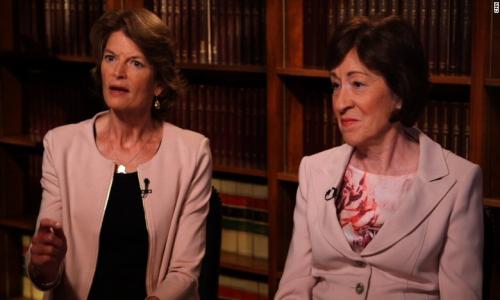Recently there have been a number of articles referencing the concern that many have for the burden student loan debt represents for an increasing number of students and their families. According to data released by the Department of Education, there has been an increase in federal student loans being defaulted upon within the first two years of repayment, up from 8.8% in 2010 to 9.1% in 2011. Given that there is $900 billion of federally backed student loans currently outstanding, this data point is alarming. Although the rate of defaults has risen during the ongoing economic malaise, the roots of the student loan crisis date back several decades, to the early 1980s, when tuition for four year colleges began to rise faster than family incomes, faster than inflation, indeed even faster than the cost of health care. This increase in cost has led to a corresponding increase in student loan debt, as students and their families have been forced to make up the difference by borrowing more money. The rise in debt levels associated with college has been exacerbated by several other factors as well. There has an increase in the presence of for-profit colleges in the education industry, institutions which, on average, charge 20% more than public schools for a bachelor’s degree. Associated default rates for students who have taken out loans to pay for degrees at for-profit schools is at 22.7%, a far higher default rate when compared to those that occur at public and private schools. Another factor is the drop in the amount of money that states have allocated towards higher education. The latter trend has accelerated during the economic crisis as state budgets have decreased sharply; state and local spending per college student, adjusted for inflation, is at a 25 year low.
Federal initiatives intended to help alleviate the issues that face low and middle income families in finding ways to afford college have had, unfortunately, the opposite effect in some instances, most notably a loan program called Parent Plus which all too frequently has saddled the same people it is designed to assist with loans they cannot repay. With the cost of college spiraling upward and median family income falling, the volume associated with these types of loans has nearly doubled since 2000; the government disbursed $10.6 billion in Parent Plus loans in 2011, which represents an increase of $6.3 billion over the amount disbursed in 2000 even after the totals are adjusted for inflation. Additionally, more than twice as many parents entered the program in 2011 than did in 2000 as an ever increasing number of families desperately search for a way of paying for their children’s college education.
These Parent Plus loans are very easy to get as the government checks the applicant’s credit history only, not their income or employment status. Thus, the borrower’s ability to repay the loan is not properly assessed, resulting in far too many instances of people taking on debt they cannot afford. This program has two unusual characteristics that only intensify the problem; there is no set cap on the amounts that can be borrowed and repayment options are far more limited than with other federal loans as the conditions under which the borrowers are eligible to put their loans into deferment or forbearance are restricted.
Another issue of concern is that student loans, whether private or federal, have an unusual characteristic when compared to most other types of debt: bankruptcy protection. They join tax liens, child support, alimony and claims arising out of wrongful conduct, such as damages from a drunken driving accident, on the short list of debts that cannot be erased. This sharply limits the borrower’s ability to negotiate more affordable repayment rates with lenders. It also leads to banks making loans that ordinarily they would not. Banks are secure in the knowledge that they are almost certain to get their money back given that they can lay claim to borrower’s tax refunds, garnish wages or seize property in order to pay off the debt since bankruptcy protection is not an option. Lending standards were lowered even further in the years leading up to the credit crisis, with the amount of private student loans quadrupling between 2001 and 2008, due to the huge profits banks could reap by bundling these loans into asset backed securities (ABS). By securitizing the loans, they were moved off the bank’s balance sheets, thus significantly decreasing risk, a process that dramatically lowered the inhibition lending institutions normally exhibit towards making loans that don’t make sense.
An examination of the macro threat a collapse of the student loan market might represent to the overall economy reveals some good news. The size of the market relative to the overall level of individual debt is small; only 8% of the $11 trillion owed by Americans is represented by student loan debt, a percentage which is in stark contrast to the 72% of that same total represented by mortgages. The government holds 85% of all student loans, so the exposure of banks to a market collapse similar to that of the sub-prime market is fairly limited. Of perhaps equal import is the fact that this crisis is well documented; unlike the credit crisis many are aware of the issue and are therefore unlikely to be caught off guard as they were when the housing market crisis erupted. Still, the future facing a generation of students is grim. While the ongoing problems in the student loan market do not appear to pose an imminent danger, the increasing number of people burdened by debt associated with school will lead to a drag on the economy if the problem persists. People unable to pay off existent debt are unlikely to take on more, thus limiting their ability to make the types of large scale purchases, like those of cars or homes, which power GDP. Additionally, there is a well documented link between a college education and increased earning power over the course of the degree bearing individuals life. With fewer students being able to afford to move onto higher education, it is all too easy to project a diminished ability to make money onto future generations, which can only limit economic growth even further.













Add your Comment
or use your BestCashCow account